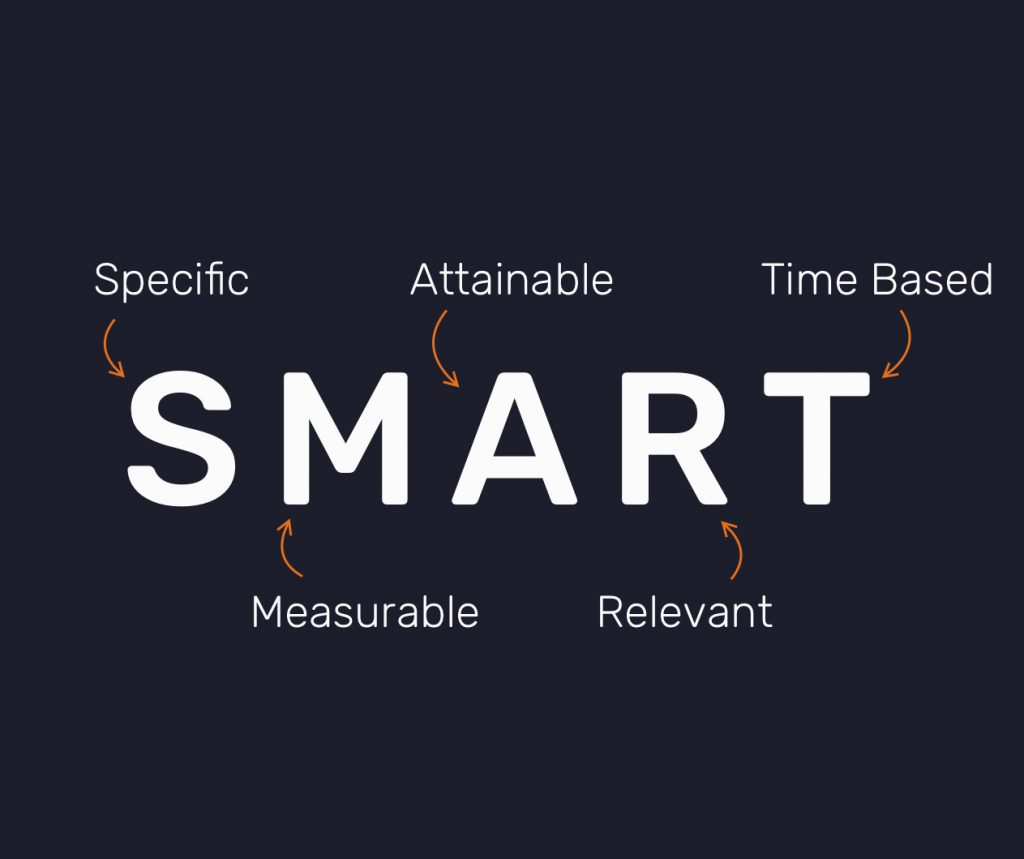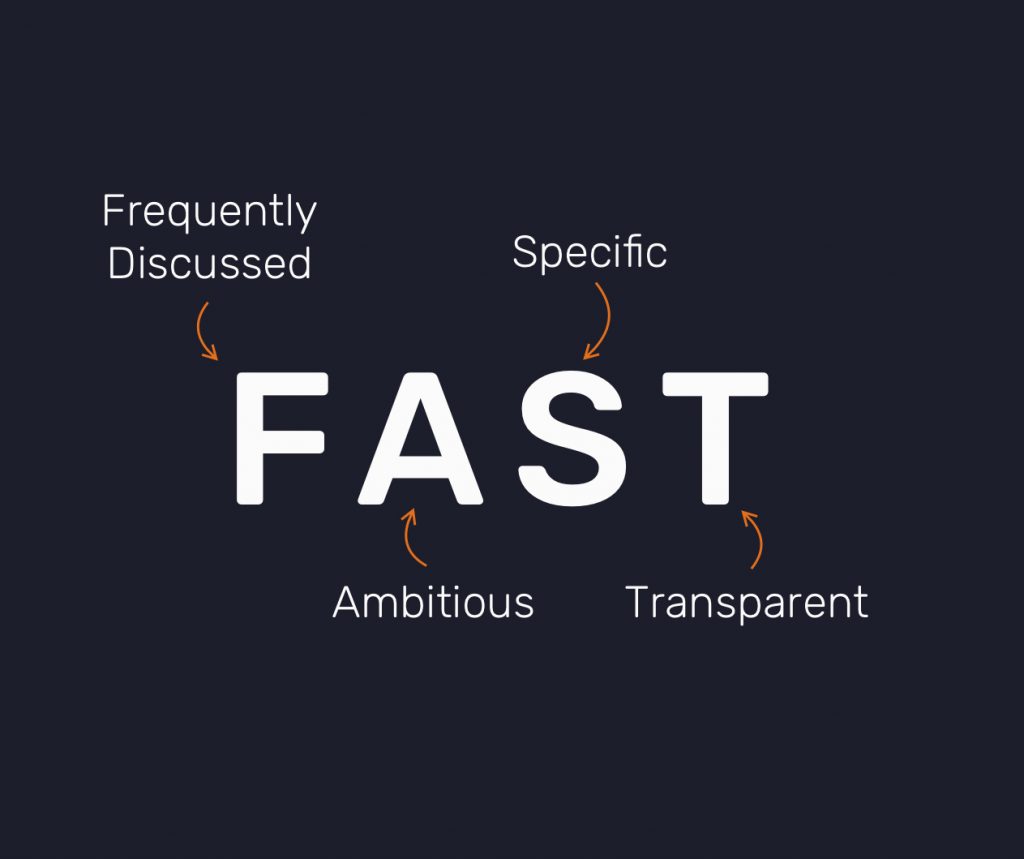When it comes to setting goals there are many factors we can give consideration to, and often acronyms are thrown around to support us in doing so.
The most popular one for goal setting is SMART… Specific, Measurable, Achievable, Relevant, Time Based.

Let’s start with considering why we may set personal goals. I use the term ‘personal goals’ as we need to differentiate between them from goals that are set for us.
Within organisations I have seen an uptake of the relatively new framework of FAST goals. This is where goals should be: Frequently discussed, Ambitious, Specific, Transparent.

These are solid principles to consider within an organisational domain, such as with your colleagues, however it’s likely you are considering personal goals, and for this I’d come back to the SMART principles.
There was a period of time when understanding of the use of goals was predominantly drawn from research within industrial settings, using things such as workplace targets. I worked in IT tele-sales upon finishing university, and there were daily goals of making a set number of calls for a set number of minutes in order to bring in a target amount of profit… pretty common place. But what we are considering here is different. It’s likely your goals will be used to help you in achieving an ambition, improving your performance or enhancing your wellbeing. Therefore, research looking at how we get people to work harder on a production line may not be relevant.
The SMART goal setting principles has been adopted in sport for decades. Now research in sport may be more relevant to you, this is a population who are typically engaging in an activity with free will and may already have some motivation. A seminal study in the 90’s within sport analysed the goal setting experiments to date and offered up some practical suggestions.
Specific goals work better than general goals, supporting the first principle of SMART. Therefore, you should be considering how you could make that goal, for example learning the piano more absolute…
“I want to be able to play The Beatles ‘Let It Be’ on the piano”.
The specificity of this goal is also allows it to be measurable, as it will be clear once I’ve completed it.
When it comes to difficulty, there appears to be a sweetspot… a bit like the Goldilocks rule…. not too hard, but not too easy. This links in to the ‘Attainable’ part of SMART. It can be manipulated by the difficulty of the task or how quickly you are looking to achieve it.
With our piano example, I may feel like ‘Let It Be’ is moderate compared to Vivaldi, however it may only be moderately difficult if I aim to do it within an achievable time frame.
This leads nicely to discussing the ‘Time-based’ element of SMART. Adding a line in the sand date increases accountability and mobilised effort. Research has also shown that we should consider using a combination of long- and short-term goals.
Using our piano example, you may set the goal of learning the chords required by one point, the introduction and verse by another point and then the complete song by your final time point. Doing this directs attention, gives you some feedback and confidence around your progress and can give you a sense of achievement as you go.
The final piece of advice around setting goals centres on the phrase ‘ink it, don’t think it’. Many people suggest that by writing your goals down in detail, or sharing them with someone it increases your accountability to work toward them. I’d highly recommend doing this.